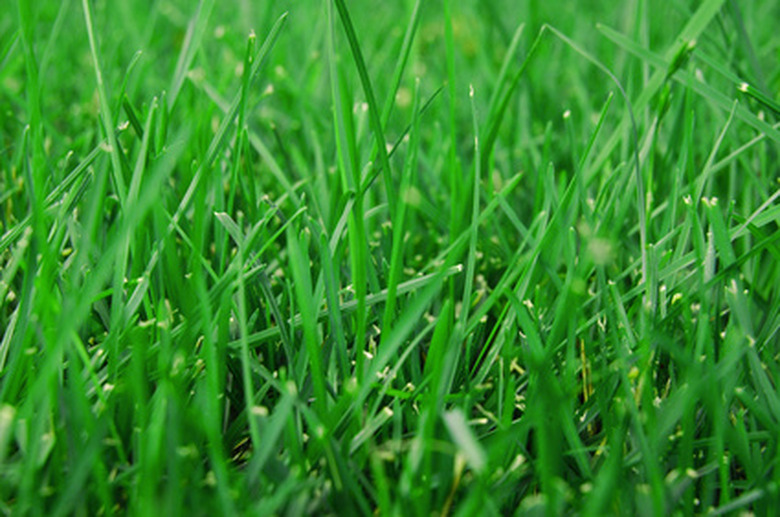The Best Time To Plant Grass In Kansas
Common grasses in Kansas include bermuda, buffalo, zoysia and fescue, according to Kansas State University. The best time to plant grass depends on whether you are using seed, sod or plugs and the type of grass you plant.
Planting
Seeding works best when done in spring or fall, according to the University of Missouri Extension. Planting grass by sod or plugs can be done later in the season as these methods allow grass to develop a strong root system more quickly, before colder weather sets in.
Grasses
Plant fescue between September and mid-October or in early spring from March to mid-April. Plant buffalo, bermuda and zoysia grass in the early summer. June works best for planting these warm-season grasses, although you may start as early as mid-May.
- Common grasses in Kansas include bermuda, buffalo, zoysia and fescue, according to Kansas State University.
- Planting grass by sod or plugs can be done later in the season as these methods allow grass to develop a strong root system more quickly, before colder weather sets in.
Planning
Preparing to plant grass takes several months, according to Kansas State University. Depending on the type of grass you plant, you must start preparing the site two to three months in advance, getting rid of weeds and grass, tilling the land and amending the soil.
Time To Plant Fescue Grass?
Fall is the optimal time to plant fescue grasses. You can also plant fescue grass in early spring. The best time to apply fescue grass in spring is immediately after the ground has thawed and as soon as you're able to till and work the soil adequately. This is best done during the fall. Seedlings require more care and consideration than sod and have a longer time from planting to germination, which means the cooler temperatures throughout fall and winter are thoroughly utilized. Sod requires an initial irrigation of the sod strip and an inch of soil below.
- Preparing to plant grass takes several months, according to Kansas State University.
- The best time to apply fescue grass in spring is immediately after the ground has thawed and as soon as you're able to till and work the soil adequately.
References
- University of Missouri Extension: Establishment and Care of Buffalograss Lawns
- Kansas State University: Lawn FAQs
- Virginia Cooperative Extension: Fall Lawn Care
- University of Missouri Cooperative Extension: Home Lawn Watering Guide
- Colorado State University Extension: Fall Lawn Renovation
- Clemson University Cooperative Extension: Tall Fescue
- University of Missouri Cooperative Extension: Tall Fescue
- Oklahoma County Master Gardener: Is It Too Late to Plant Fescue?
- USDA PLANTS Database: Festuca L.
- University of California: Master Gardeners of San Mateo and San Francisco Counties – Lawn Alternatives
- University of California IPM Online: Healthy Lawns – Tall Fescue
